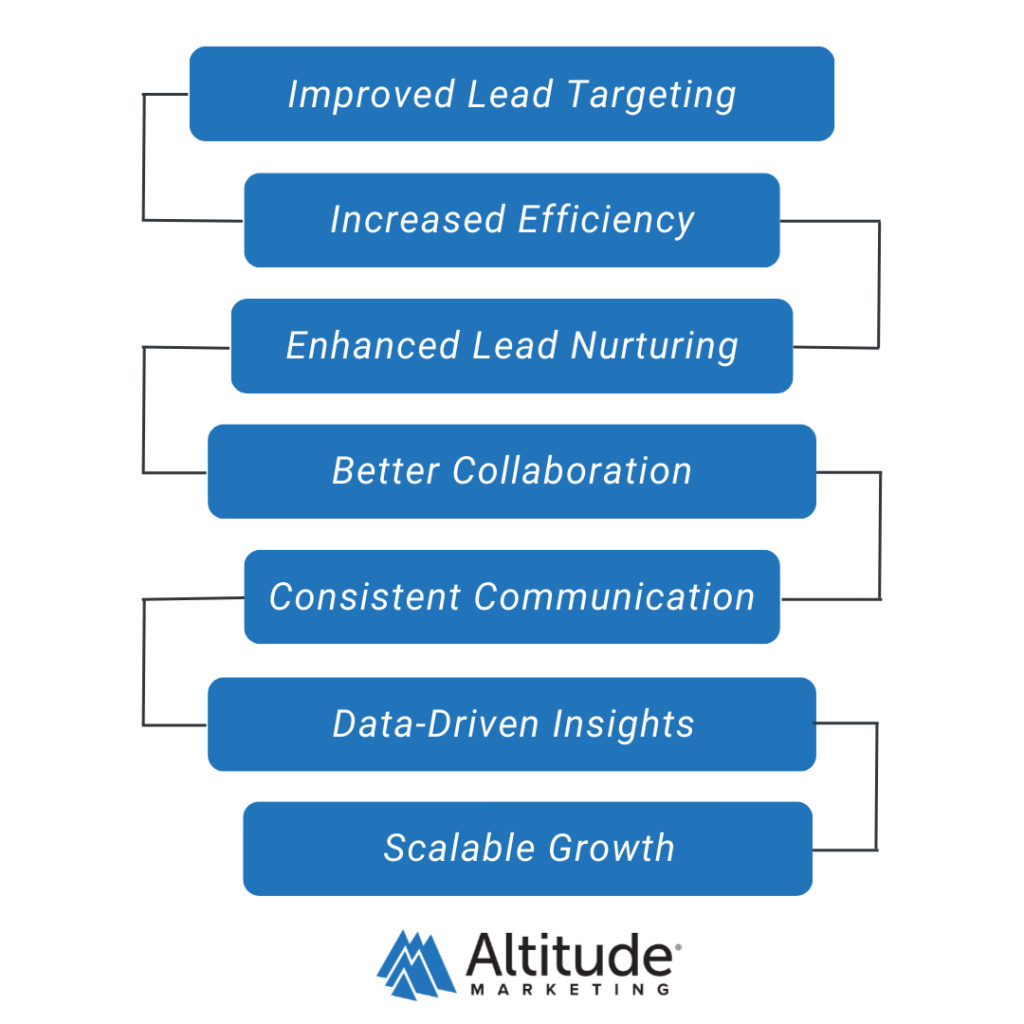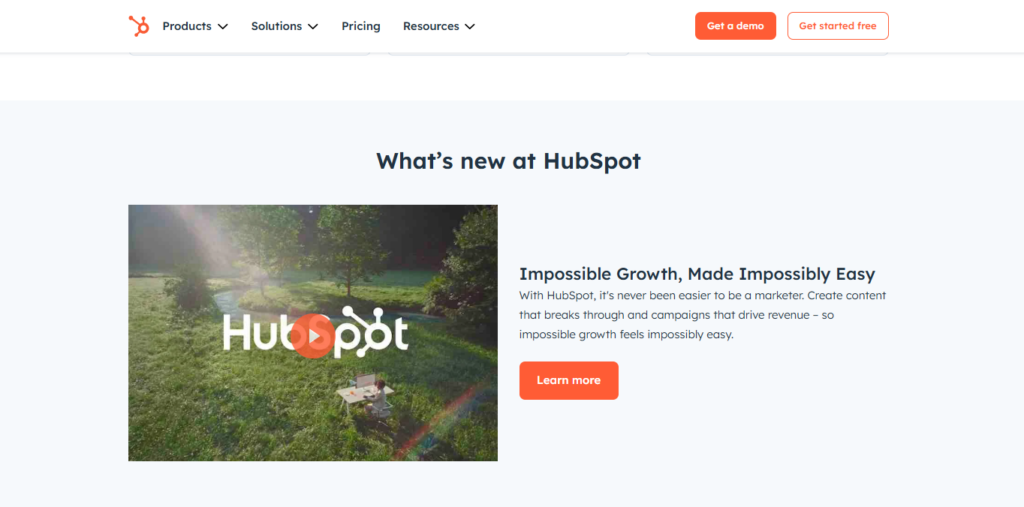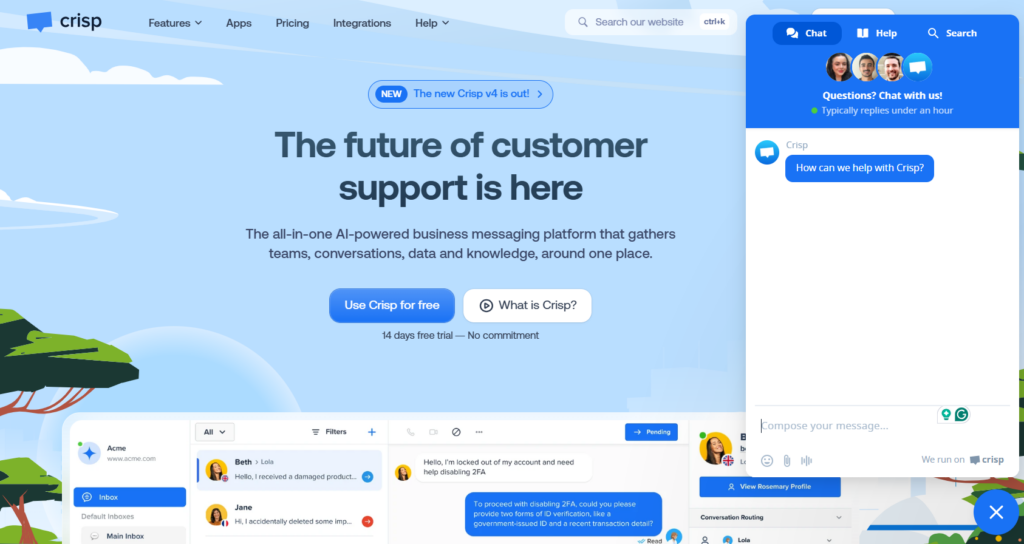How much time do you spend chasing cold leads that never convert? Nearly half of salespeople never follow up with leads, and only a quarter go beyond a single follow-up. This creates a significant gap between acquiring leads and converting them into customers – an inefficiency that costs businesses both opportunities and revenue.
Marketing automation bridges this gap by eliminating missed follow-ups, ensuring consistent engagement, and personalizing interactions at scale. Let’s explore how it transforms outbound lead generation.

How Marketing Automation Boosts Outbound Lead Generation Efficiency
1. What is Marketing Automation?
Marketing automation refers to the use of software and tools to automate repetitive marketing tasks, such as sending emails, managing leads, and analyzing campaign performance. For outbound lead generation, marketing automation ensures consistent engagement with prospects, reduces manual errors, and provides valuable insights into lead behavior.
This technology integrates seamlessly with your existing outbound strategies, helping your team focus on strategy and relationship building rather than mundane tasks. Marketing automation empowers businesses to optimize resources while driving higher conversions.
2. Benefits of Marketing Automation in Outbound Lead Generation
Marketing automation isn’t just about saving time – it’s about making every interaction with a potential customer count. It allows businesses to work smarter by focusing their efforts where they matter most, creating personalized experiences, and ensuring no lead is left behind.
Whether it’s targeting the right audience, improving teamwork between sales and marketing, or keeping leads engaged throughout their journey, automation brings structure and efficiency to outbound lead generation.
Let’s break down how marketing automation helps businesses get better results.

3. Core Automation Techniques for Outbound Lead Generation
Automation has revolutionized outbound lead generation by enabling businesses to engage with prospects more efficiently and effectively. By leveraging advanced tools and strategies, companies can personalize outreach, streamline follow-ups, and enhance overall engagement. Below are key techniques that demonstrate how automation can drive results while saving time and resources.
Dynamic Content Creation
Dynamic content adapts to individual users based on their preferences, behaviors, or demographic data, creating a personalized and engaging experience.
- Emails That Address Pain Points: Personalizing emails based on recipient data, such as industry or job role, results in higher open and response rates by directly addressing their challenges.
- Tailored Landing Pages: Designing landing pages for specific user segments, like industry professionals or decision-makers, ensures that the solutions presented are highly relevant, leading to increased conversions.
Behavioral Triggered Email Campaigns
Marketing automation enables businesses to create dynamic email campaigns that are triggered by user actions, ensuring timely and relevant engagement that boosts conversions.
- Abandoned Cart Reminders: Automated follow-up emails when a lead abandons a cart or sign-up process can recover lost opportunities and drive sales.
Subject: Forgot Something? Your Cart Is Waiting! Hi [First Name], Looks like you left something behind! Don’t worry – your items are still in your cart, ready for you to grab before they’re gone. Click here to complete your purchase now: [Link to Cart] If you need help or have any questions, we’re here for you. Best, |
- Content Engagement Triggers: If a prospect reads a blog post or watches a video, an automated follow-up with additional resources or next steps can further nurture the lead.
Subject: Loved That Article? Here’s More! Hi [First Name], We noticed you enjoyed our latest blog post on [Topic]. Since you’re interested in [related topic], we thought you’d love this next read: [Link to Article/Resource]. Dive deeper into [subject] and take your knowledge to the next level! Let us know what you think – we’re always here to chat. Cheers, |
- Content Engagement Triggers: If a prospect reads a blog post or watches a video, an automated follow-up with additional resources or next steps can further nurture the lead.
Subject: Loved That Article? Here’s More! Hi [First Name], We noticed you enjoyed our latest blog post on [Topic]. Since you’re interested in [related topic], we thought you’d love this next read: [Link to Article/Resource]. Dive deeper into [subject] and take your knowledge to the next level! Let us know what you think – we’re always here to chat. Cheers, |
- Trigger Emails: Emails are sent based on specific user actions (e.g., downloading a whitepaper, or subscribing to a newsletter) to ensure relevant content is delivered at the right moment.
Subject: Your [Whitepaper Name] is Ready! Hi [First Name], Thanks for downloading [Whitepaper Name]! We hope you find the insights helpful. Want to explore more? Check out our [related blog post/resource] here: [Link]. It’s the perfect next step! Looking forward to hearing your thoughts. Best regards, |
- Drip Campaigns: A series of pre-scheduled emails nurture leads over time, providing valuable information that builds trust and keeps leads progressing through the sales funnel.
Subject: Unlock the Full Potential of [Product/Service] Today! Hi [First Name], Thanks for joining us! We’re excited to help you get the most out of [Product/Service]. In case you missed it, here’s a quick guide to getting started: [Link to Guide]. Have any questions? Don’t hesitate to reach out – we’re here to help. Best, |
Dynamic Landing Pages
Landing pages built with automation tools can dynamically adapt to individual user preferences, boosting engagement and conversions.
- First-Time Visitors: Present introductory offers or educational resources to new visitors to pique their interest.
- Returning Users: Show product demos, pricing details, or advanced solutions to repeat visitors who are further along the buyer’s journey.
- Personalized CTAs: Calls-to-action tailored to a user’s behavior, such as “Learn More” for new visitors or “Request a Demo” for returning ones, significantly improve conversion rates.
Chatbots and AI Tools
Chatbots and AI-powered tools provide immediate responses and gather critical lead data, making them invaluable for outbound lead generation.
- Qualifying Leads: Chatbots can ask targeted questions, such as budget, needs, and timelines, to determine lead quality and prioritize follow-ups.
- Seamless CRM Integration: Data collected by chatbots is automatically stored in your CRM, enabling sales teams to access key insights for personalized outreach.
Multi-Channel Outreach
Reaching leads across multiple platforms increases engagement and ensures consistent messaging. Automation tools help manage this outreach across various channels without overwhelming your team.
- Cross-Platform Integration: Automate outreach through email, SMS, social media, and direct messaging to maintain consistent communication across touchpoints.
- Personalized Cross-Channel Follow-Ups: If a lead interacts with content on social media, follow up with personalized emails or SMS messages that reference their specific activity.
Personalized Video Outreach
- Personalized Video Emails: Tools like Vidyard or BombBomb allow automated video emails that are tailored to the individual, adding a personal touch to outreach efforts.
- Automated Video Landing Pages: Create landing pages with personalized videos that offer tailored solutions based on the lead’s behavior or demographics.
By implementing these automation techniques, businesses can optimize their lead generation efforts, build stronger relationships with prospects, and drive higher conversion rates with less manual effort.
4. Strategies to Maximize Efficiency with Marketing Automation
Marketing automation enables businesses to achieve more with less effort, but its success depends on the effective implementation of key strategies. Below are detailed approaches to maximize efficiency and improve results with marketing automation tools.
Setting Up Lead Scoring Mechanisms
Lead scoring is a critical strategy for prioritizing leads based on their likelihood to convert, enabling sales teams to focus on high-quality prospects. Here’s how to implement it effectively:
Defining Lead Scoring Criteria
Identify key behaviors and characteristics that indicate a lead’s readiness to convert, such as:
- Behavioral Actions: Email opens, clicks, website visits, and content downloads.
- Demographics: Job title, industry, company size, and geographic location.
Assign a score to each of these criteria to create a weighted system that reflects their importance.
Automating Scoring with Tools
Leverage automation tools to track and assign scores to leads in real time. These tools can monitor user behavior across multiple channels and automatically update lead scores, ensuring the scoring remains accurate and up to date.
To help you get started, here’s a comparison of popular tools for automating lead scoring:
Tool Name | Key Features | Best For |
Automated lead scoring, CRM integration, email tracking | Small to medium businesses | |
Advanced scoring models, behavioral analytics, customizable rules | Enterprise-level businesses | |
AI-driven scoring, real-time updates, seamless sales handoff | Large organizations with complex needs | |
Behavioral tracking, multi-channel engagement scoring, reporting | Small businesses and growing teams | |
Lead scoring automation, task automation, customizable scoring | Budget-conscious teams and small businesses (SMBs) |
Aligning Scoring with Sales Teams
Collaborate with sales teams to ensure the scoring system aligns with their expectations. Define a threshold score that qualifies leads for handoff to sales, ensuring a smooth transition and preventing wasted efforts.
Integrating CRM and Marketing Tools
Integration between marketing automation software and CRM platforms is essential for seamless data management and improved customer interactions. Here’s how to make it work effectively:
Synchronizing Customer Data
Ensure marketing automation and CRM platforms are fully integrated to share data in real-time. This integration allows:
- Comprehensive Customer Insights: Access a complete view of customer interactions, including email engagements, website visits, and past purchases.
- Consistent Data: Avoid data silos by synchronizing information across platforms, ensuring sales and marketing teams work with the same up-to-date data.
Tracking the Customer Journey
With integrated systems, track the entire customer journey across multiple touchpoints. Use this data to personalize campaigns and provide relevant content at each stage of the funnel.
Enabling Sales Teams with Insights
Provide sales teams with actionable insights from marketing data, such as lead scores, engagement history, and preferred communication channels. This empowers them to approach leads with greater confidence and precision.
Regular Testing and Optimization
Continuous testing and optimization are vital for ensuring your marketing automation strategies remain effective and deliver results. Here’s how to do it:
A/B Testing Campaign Elements
Use A/B testing features within marketing automation tools to test variations of:
- Subject Lines: Experiment with different tones, lengths, and formats to improve email open rates.
- Email Formats: Test plain text vs. HTML designs to determine what resonates more with your audience.
- CTA Placements: Analyze the performance of different call-to-action placements to identify the most effective positions.
Analyzing Performance Metrics
Monitor campaign performance using metrics like open rates, click-through rates, and conversion rates. Identify trends and areas for improvement to refine your strategies.
Iterative Campaign Improvements
Use insights from A/B testing and performance analysis to optimize campaigns continuously. Adjust messaging, targeting, and timing to ensure campaigns remain relevant and effective over time.
By implementing these strategies, businesses can maximize the efficiency of their marketing automation efforts. These approaches help streamline workflows, improve lead nurturing, and drive better results.
5. Overcoming Challenges in Marketing Automation
While marketing automation offers significant benefits, it’s not without challenges. Here are some common hurdles and actionable solutions to address them effectively:
Challenge | Solution |
Over-Reliance on Automation | Balance automation with human touch for strategic communications. |
Data Quality Issues | Clean and validate CRM data regularly, and use data enrichment tools to ensure accuracy. |
Lack of Personalization | Leverage dynamic content and behavioral data for tailored messages and offers. |
Integration Issues | Ensure seamless integration between CRM and automation tools, and conduct regular audits. |
Learning Curve | Provide ongoing training and resources for teams to master automation tools. |
Inconsistent Lead Scoring | Regularly update lead scoring criteria with sales input and automate scoring based on behaviors. |
Campaign Fatigue | A/B test communication frequency and content, and offer opt-down options to reduce disengagement. |
Underutilized Analytics | Use predictive analytics and performance reviews to optimize campaigns and improve results. |
By proactively addressing these challenges, businesses can make a seamless transition to marketing automation, unlocking its full potential to enhance lead generation and customer engagement.
Start Automating Your Marketing Outreach Today
Marketing automation simplifies outbound lead generation, ensuring consistent engagement, personalized communication, and higher conversions. By implementing the strategies and techniques outlined here, your team can focus on building stronger relationships and driving meaningful results. Start streamlining your lead generation efforts today and see the difference automation can make.
FAQs
What is marketing automation lead nurturing?
Marketing automation lead nurturing uses automated tools to engage leads with relevant, personalized content at each stage of their journey, building trust and moving them closer to conversion.
How does marketing automation increase relevance to the end user?
Marketing automation personalizes content and outreach based on user behavior, preferences, and demographics, ensuring messages resonate with the right audience, and increasing engagement and the likelihood of conversion.
What are the benefits of marketing automation?
Marketing automation boosts efficiency, personalizes communication, improves lead nurturing, enhances team collaboration, increases ROI, and allows for scalable, data-driven campaigns, all while reducing manual tasks and errors.
What is marketing automation lead?
A marketing automation lead is a potential customer who is tracked, nurtured, and engaged through automated marketing efforts, such as email campaigns, social media interactions, and personalized content.
What is lead scoring in marketing automation?
Lead scoring is a system that assigns numerical values to leads based on their actions and demographics, helping prioritize prospects who are most likely to convert, and optimizing sales efforts and resources.
Ready to elevate your B2B marketing?
We help leading business-to-business brands hit their marketing goals. Get in touch to learn how Altitude Marketing can help you reach your peak performance.





